Bluetooth Low Energy and the Internet of Things
Did you ever “reinvent yourself” at some time in your life? I did, I went from the nerd in high school who wore cargo shorts and high socks to a less nerdy college student who had regular socks and shorts with the fashionable number of pockets. By the end of college, I had learned “social skills” and was finally ready to enter society as the best, or at least acceptable, version of me. People aren’t the only things that need reinvention, so do technologies like Bluetooth. Bluetooth created a new protocol in 2011 called Bluetooth 4.0, much more advanced than the classic Bluetooth. That has now been rebranded into IoT Bluetooth Low Energy (BLE) or Bluetooth Smart. This refreshed protocol has also added some new network types to its arsenal including BLE beacon based connections and mesh communications. Both of these technologies have their place in the world of a smart BLE device and can be used to realize many goals of the Internet of Things (IoT).
What is Bluetooth LE
We’re all well acquainted with Bluetooth, named after an ancient Danish king, and now famous for connecting wireless headsets with our phones. You may be less familiar, though, with Bluetooth low energy. So how low energy is Bluetooth LE and how does it achieve that low power operation?
The name is fairly self-explanatory, so the question becomes, “exactly how low power is BLE?” This paper from Aalto University in Finland answers that for us. In order to determine the total power consumption of Bluetooth low energy, the researchers first determined how much energy was used to connect the each module. They measured the power required to communicate different amounts of data after the transmitter and receiver were connected. In their experiments, energy usage increased stepwise with the amount of data being transferred. These power requirements start to flatten out around 500 KB/J. As it turns out WiFi is more energy efficient, operating in a range from 20 - 240 KB/J. There are a variety of problems with using WiFi for the IoT, though, such as only being able to connect to the single WiFi network at a time. Your user doesn’t want to disconnect from the Internet in general in order to interact with your IoT network. BLE allows users to stay connected to the world at large while also interacting with smart devices.
Besides, the lower power usage of BLE is more than enough for a IoT application. Using the BLE protocol you can run applications on devices powered by batteries for several years. No one wants to replace thousands of batteries on infrastructure sensors (that could be in places like sewers). That’s why engineers are developing things like Low Power Wide Area Networks (LPWANs). It’s also why so many companies are working on low power memory like CBRAM and spin wave, and new approaches to managing that memory. Now let’s look at two of the primary network configurations for BLE.
Bluetooth beacons can help you give location-specific information to your users.
Beacon Bluetooth
When Bluetooth emerged, only 1 to 1 connections were possible. I could connect my speaker to my headphones or my phone to your phone, but I couldn’t connect to a wider network of devices using Bluetooth. That problem was solved with the advent of Bluetooth “beacons.”
Bluetooth beacons connect multiple devices to the same network through one controller, the beacon. This configuration allows you to gather data from multiple sensors or provide connectivity to many devices using one point of contact. Thus this kind of network allows BLE to be used for an IoT ecosystem.
Not only do beacons connect gadgets to one another, they can also determine their locations. One of the most uses of this feature is by retailers to provide location-specific ads to shoppers. This could have near endless applications, from openings doors based on proximity to turning on lights in rooms when someone enters.
While Bluetooth beacons have some great applications, they do have their shortcomings. They suffer from the same problem that Bluetooth has always had, limited range. If you have a large store where you want to use beacons you’ll have to place them all over the walls. That leads us to another issue, beacons are unsightly. No retailer wants to put tons of ugly little hockey puck type things on their walls. Lastly, these networks can be difficult to operate. These controllers can interfere with one another and the system has to be carefully maintained. All of these problems led Bluetooth to develop another network configuration, mesh.
Bluetooth’s mesh protocol makes it a much more applicable for the IoT.
Bluetooth Mesh
Mesh networks are Bluetooth’s answer to their critics. Bluetooth’s mesh protocol allows devices to communicate directly rather than through a central node, removing the need for unsightly beacons. It also helps fix Bluetooth’s range and complexity problems.
Bluetooth’s mesh networking allows each connected IoT device to send or receive information. Instead of connecting everything through a central beacon, devices can get commands from and send data to each other. This configuration instantly eliminates beacons, meaning customers won’t have to plaster them all over the walls.
A mesh network also greatly extends the range of Bluetooth. Before you would need to be in range of the device you wanted to connect to, or close to a beacon. With this system you can connect to an end device through other devices. This kind of networking doesn’t require a lot of maintenance, as you don’t have to deal with carefully calibrated stationary nodes.
This makes Bluetooth perfect for the IoT. Developers have been searching for a great way to create an extensive low power network for IoT sensors. With a mesh, each sensor you place in your system extends the range of the network. You just have to make sure no sensor is off by itself out of range. Digikey gives a great example of how to implement this kind of network through lightbulbs. Let’s say you have a warehouse full of sensors that need to be connected. You can put a BLE enabled light bulb in each socket and saturate your area with a network. There’s no way any sensor you place in that warehouse will lose connectivity.
Bluetooth came out with guns blazing at the beginning, becoming the protocol of choice for wireless audio. As the years have passed, though, Bluetooth has lost some of its dazzle.Using beacons to increase connectivity helped, but they have too many faults to be widely used in the IoT. Meshes, however, promise to solve all of the traditional problems with Bluetooth and bring it back into favor.
Now that you have the perfect protocol to connect devices, it’s time to design some gizmos. When you need to access an easy-to-use PCB layout tool that includes everything needed to build high-quality manufacturable circuit boards, look no further than CircuitMaker. In addition to easy-to-use PCB design software, all CircuitMaker users have access to a personal workspace on the Altium 365 platform. You can upload and store your design data in the cloud, and you can easily view your projects via your web browser in a secure platform.
Start using CircuitMaker today and stay tuned for the new CircuitMaker Pro from Altium.

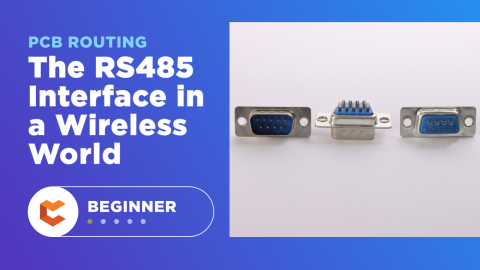

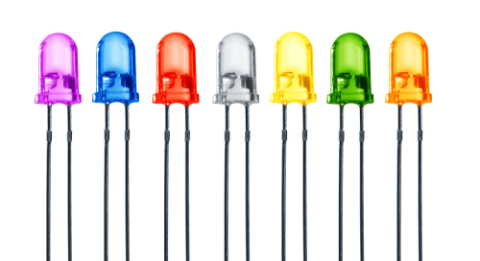
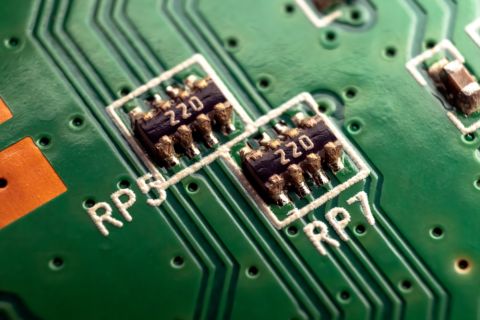

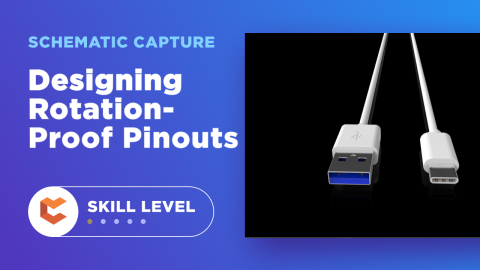
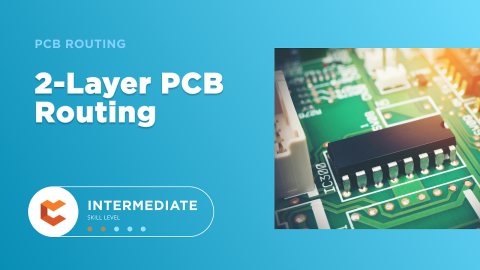
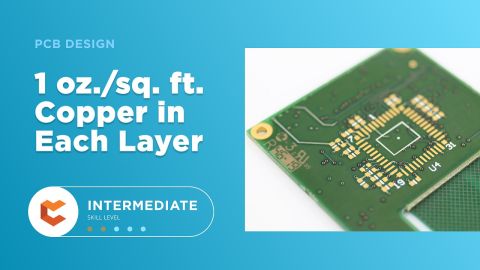
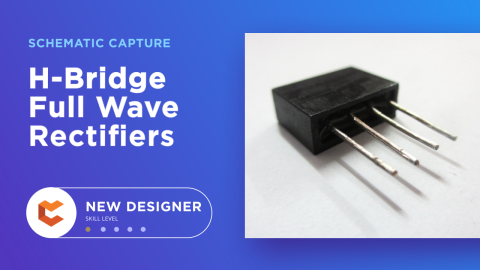
 Back
Back